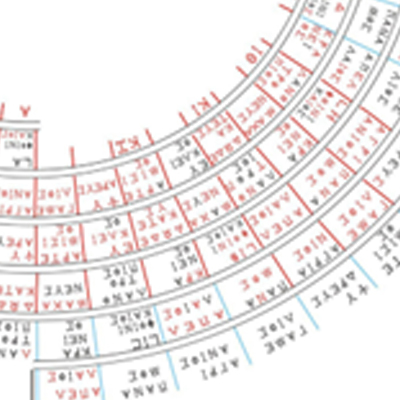The artistic complexity of the Antikythera Mechanism: a comprehensive tutorial

HTML: 11
All claims expressed in this article are solely those of the authors and do not necessarily represent those of their affiliated organizations, or those of the publisher, the editors and the reviewers. Any product that may be evaluated in this article or claim that may be made by its manufacturer is not guaranteed or endorsed by the publisher.
Recovered in 1901, from a first-century BC shipwreck, the Antikythera Mechanism is considered to be the oldest extant complex geared device. It was constructed in ~150 BCE and was essentially an analog computer, an astronomical and calendrical device, designed to predict astronomical phenomena, such as lunar and solar eclipses, to maintain calendar accuracy and to predict the dates of Panhellenic Games. The device was operated manually by a user, setting a date in a dial. All necessary calculations were made using a set of gears (at least 39), while the results were displayed on several scientific scales. The Mechanism’s miniature size, the elaborate gear trains, the use of eccentrical gears and the employment of a pin–and–slot gear system to calculate the anomalous orbit of the Moon, demonstrate that the Greek mechanicians of the Hellenistic period had become far more skillful in designing geared devices than the surviving written sources imply. Geared devices matching the complexity of the Antikythera Mechanism would not appear again in Europe until the mechanical clocks of the thirteenth century. The aim of this paper is to present this ancient elaborate device in the most comprehensible way.
How to Cite

This work is licensed under a Creative Commons Attribution-NonCommercial 4.0 International License.
Copyright (c) 2023 The Author(s)
PAGEPress has chosen to apply the Creative Commons Attribution NonCommercial 4.0 International License (CC BY-NC 4.0) to all manuscripts to be published.

 https://doi.org/10.4081/peasa.2
https://doi.org/10.4081/peasa.2



